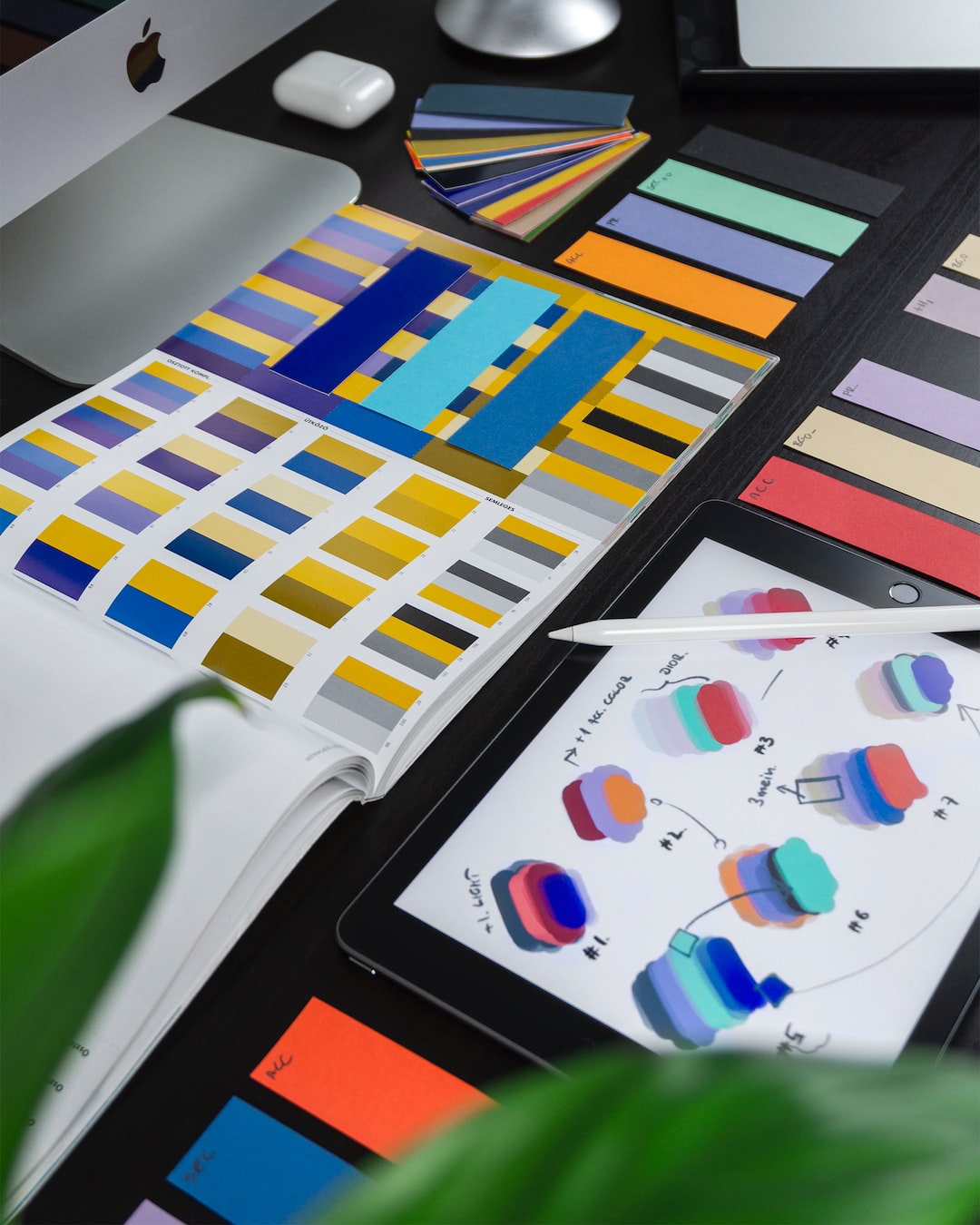Redefining Traditional Print Design for the Digital Age
The rise of the digital age has brought about significant changes in almost every industry, and the world of design is no exception. Traditional print design, once predominant and revered, is now finding itself in need of a makeover to cater to the demands of the digital era. In this blog post, we will explore how traditional print design is being redefined for the digital age and the challenges and opportunities that come with this transformation.
Designers have always relied on the principles of print design to create visually compelling and engaging content. From typography and layout to color schemes and visual hierarchies, print design has served as the foundation for all visual communication. However, with the advent of the internet and the rapid development of digital platforms, designers have had to adapt their skills to meet the new demands of the digital age.
One of the key challenges in redefining traditional print design for the digital age is the need for scalability and adaptability. Unlike print, digital designs need to be created in a way that allows them to be easily transferred and viewed on a variety of screen sizes and resolutions. This means that designers must consider different layouts, font sizes, images, and interactive elements that adjust seamlessly across various devices, from smartphones and tablets to desktop screens.
Additionally, interactivity has become a major aspect of design in the digital age. Unlike print, digital platforms offer the opportunity for users to interact with content through clicks, scrolls, swipes, and more. This has led to the emergence of interactive elements such as animations, videos, and microinteractions, which enhance the user experience and engage users in ways that print design simply cannot.
Another challenge in redefining traditional print design for the digital age is the ever-changing nature of digital platforms. Designers must constantly stay up to date with the latest trends, technologies, and user preferences to create designs that are relevant and effective. What may work today may become outdated tomorrow, necessitating continuous evolution and adaptation.
Despite these challenges, the digital age also presents unique opportunities for designers. Digital platforms offer unparalleled reach and accessibility, allowing designs to be seen by audiences from all over the world. This global exposure provides designers with greater visibility and the potential to impact a larger audience than ever before.
Moreover, digital platforms offer designers greater flexibility and experimentation. Traditional print design is limited by physical constraints such as page size and printing processes. However, in the digital world, designers have the freedom to create designs without these limitations, enabling them to push boundaries, explore new techniques, and create immersive and engaging visual experiences.
To successfully redefine traditional print design for the digital age, designers must embrace the principles of user-centered design. Understanding the needs, preferences, and behaviors of digital users is crucial in creating designs that are intuitive, accessible, and memorable. User research, usability testing, and data analysis play a vital role in informing design decisions and ensuring designs are optimized for the target audience.
Additionally, designers must adopt a multidisciplinary approach, as digital design often requires collaboration with other professionals such as developers, UX designers, and content strategists. This collaborative approach allows for a holistic and integrated design process that considers not only the visual elements but also the functionality and usability of the digital product.
In conclusion, the digital age has necessitated the redefinition of traditional print design. Designers must adapt to the demands of scalability, adaptability, interactivity, and the ever-changing nature of digital platforms. While these challenges may seem daunting, they also present unique opportunities for designers to reach larger audiences, experiment with new techniques, and create immersive and engaging visual experiences. By embracing user-centered design principles and adopting a multidisciplinary approach, designers can redefine traditional print design for the digital age and leave a lasting impact in this rapidly evolving landscape.

